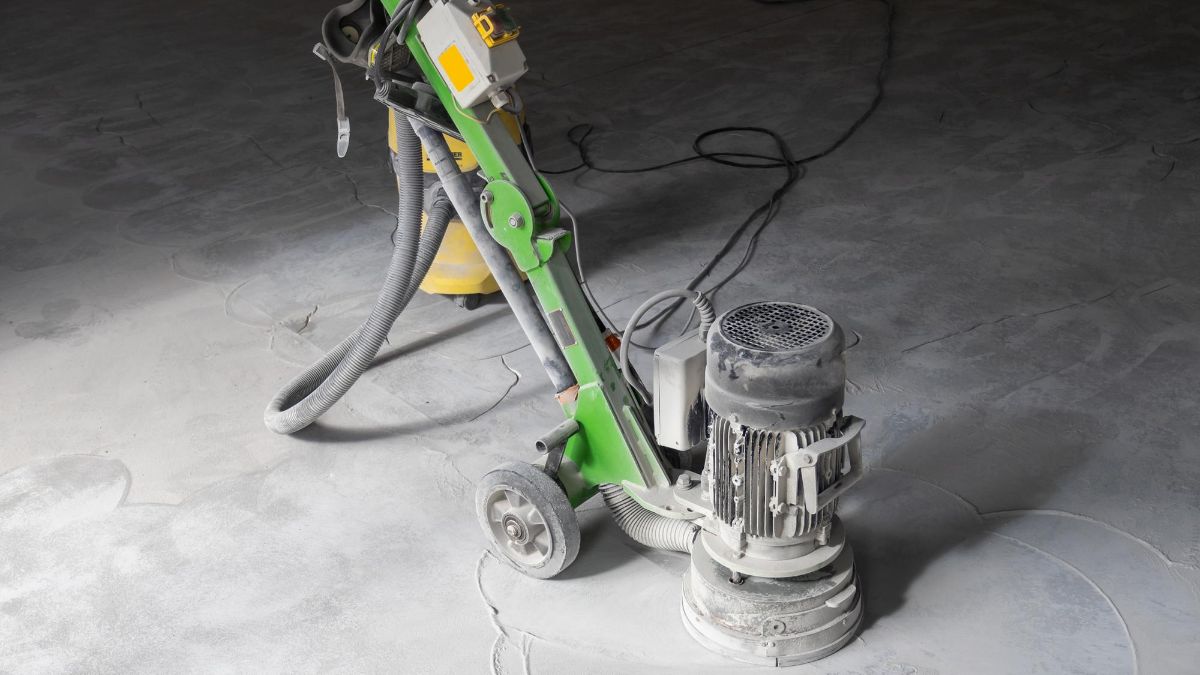
Introduction
Polished concrete is a mechanical process that involves a series of polishing and grinding steps with the usage of effective professional equipment. The whole concrete process depends on the type of finishing that an individual wants. There are six steps involved in polishing concrete flooring. The series of steps includes the first cut, grout, densifier, polish, guard, and sealer. Head over to Policrete if you are interested in polished concrete. Beyond its lifespan, it ought to be reasonably priced. The best alternative for attractive areas, such as roads and glossy commercial flooring, to sturdy garage floors is polished concrete.
If you’re considering home renovations, polished concrete is definitely the way to go. Polishing concrete floors is preferred in commercial areas, warehouses, homes, etc. There are also advantages and limitations to polished concrete floors, but obviously they have far more pros than cons. This article provides a general overview of the pros and cons of polishing concrete floors.
Benefits of a polished concrete floor
It is rightly stated that each thing has its limitations. So similarly, polishing concrete floors also has its benefits. Polished concrete floors are more durable and solid in nature. Therefore, it is mostly installed in warehouses and commercial areas. Because of their durability, polished concrete floors are highly resistant to acids and alkalis. It’s almost impossible to scratch or damage the polished concrete floor. Shiny surfaces are a challenge since they may be slippery. However, polished concrete has a bright but non-slip surface that will be useful in commercial areas. The surface should be properly ground and flattened to maximise friction and make it slip-resistant.
Polished concrete floors are more cost-friendly than other flooring as they are long-lasting and cannot be damaged easily. Polished concrete floors require low maintenance, like not requiring waxing, etc. It is also easy to clean polished concrete floors. Polished concrete floors have lasted for more than a century. The polished concrete can reflect light back when it hits the surface, creating ambient light. The best light from nature is provided by this ambiance, which helps lower electricity costs and improves resident safety. Because polished concrete doesn’t contain any harmful cleansers, adhesives, or coatings, it’s an excellent choice for flooring made of environmentally friendly materials.
Cons of polishing concrete floors
There are limitations to polishing concrete floors. Polished concrete floors are not suitable for standing over a long period of time. Polishing concrete floors is also hard at times. Polishing concrete floors also traps coldness in the winter. However, the durability of the polished concrete floors is also a benefit of polishing concrete floors.
Conclusion
Commercial and industrial flooring needs to have a durable yet attractive appearance. Beyond its lifespan, it ought to be reasonably priced. One of the key materials that is effective, environmentally friendly, and simple to maintain in commercial or residential architectural spaces with its aesthetic aspects is concrete. There are also some cons to polishing concrete marbles, like the fact that they are hard and can become so cold in the winter. Due to its hardness, an individual cannot stand barefoot for a long period of time.




